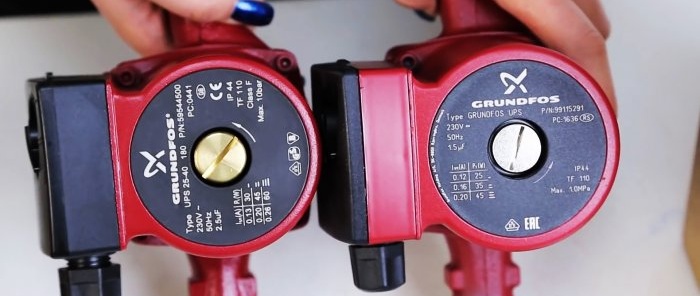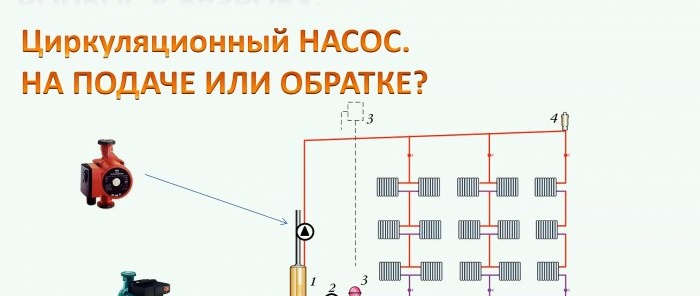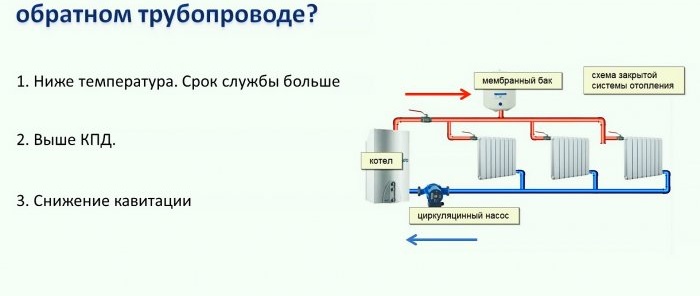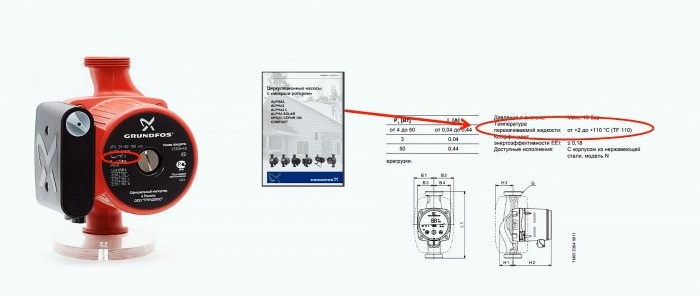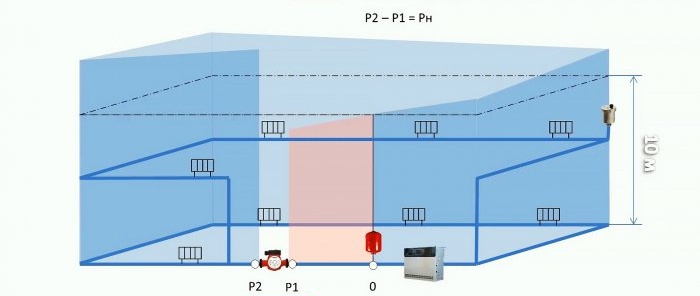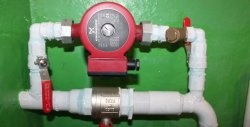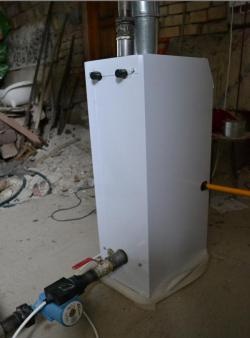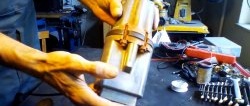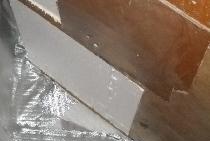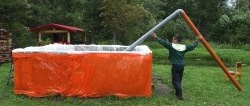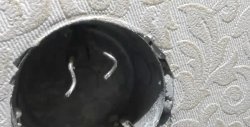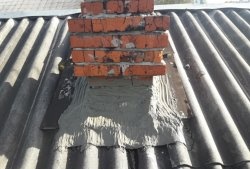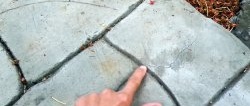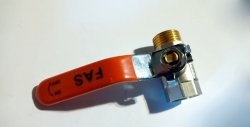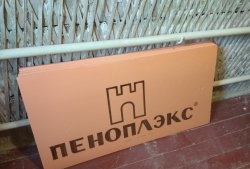Most often, the pump is installed based on considerations of ease of installation and maintenance during operation. This does not take into account the installation location of the expansion tank, although this is important for the reliable and economical operation of the heating system of a private home.
Arguments for installing a return pump
Proponents of installing a pump on the return cite the following advantages:
- Since the return water temperature is lower, the pump's operating life is longer.
- The efficiency is higher because the pump output is higher due to the increased density of the water.
- The likelihood of cavitation occurring is low.
Analysis and justification for choosing a location for installing a circulation pump
The first argument is not valid, since modern pumps are designed for a working fluid temperature of up to 110 degrees Celsius, and in heating systems of private houses it does not rise above 70 degrees Celsius.
The efficiency does not change with a difference in supply and return temperatures of 20 degrees Celsius and an increase in water density of only 0.5%.
Yes, when installing the pump on the return line, i.e.lower in height, it is subject to greater hydrostatic pressure and the likelihood of cavitation is reduced. But in modern heating systems with their constant excess pressure, with the correct choice of pump, cavitation is eliminated in principle.
Those who are in favor of installing a pump on the supply line refer to manufacturers who, on installation diagrams, indicate the location of the pump on the supply line without explaining the reasons.
We have already noted that the location of the pump is not important. But in some cases it becomes very important. Let's look at a horizontal heating circuit in which the pressure is 1 kg/sq.cm. If the pump is turned off, the pressure in it will be the same everywhere.
Turning on the pump will change the pressure diagram: at the outlet it will increase (P2), at the inlet it will decrease (P1). The difference (P2 - P1) is the pressure created by the pump to organize circulation in the system.
At the connection point of the expansion tank, the pressure does not change and remains equal regardless of whether the pump is turned on or off. This point is called the constant pressure point or neutral point.
At all other points, the pressure changes during water circulation. It decreases from P2 to the constant pressure point due to hydraulic resistance, but still remains above 1 kg/sq.cm. Beyond the zero point and up to P1 it will be less than 1 kg/sq.cm.
This means that at the neutral point the pressure created by the pump in the system changes in sign. Before it, the pump creates compression and pumps water, behind it - vacuum and sucks in water.
Since the distance between the expansion tank and the pump inlet is small, the pressure drop in comparison with the original one is insignificant.
If you swap the pump and reservoir, the picture will change.The pressure increase zone will only be in a small area from the outlet of pump P2 to the tank. In all other areas it will be below the initial pressure of 1 kg/sq.cm.
If the house has two floors, then in the distant batteries of the second floor, due to a drop in pressure in the suction zone, gas will be released. When the pressure drops even lower, air will begin to be sucked through the air vent and connections.
These problems can be eliminated by increasing the overall pressure in the circuit, but this will cause the expansion tank to lose efficiency. The second way is to move the tank to where the pressure is lowest, i.e. to the top floor, which many will not like.
So, it is most correct to install the pump immediately after the expansion tank along the flow of water. Then the entire system will have excess pressure in the discharge zone, eliminating steam formation and air leakage from the outside.
Bottom line
There is no difference where to install the pump - on the supply or return, but there is a difference - before or after the expansion tank.
